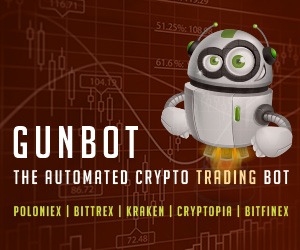The public transaction log of Bitcoin provides substantial data about user profiles. “Network algorithms” can use this information to link different wallet addresses, thus unmasking coordinated attacks. This can enable us to blacklist linked wallet addresses of quantum-enabled adversaries.
Wallet Interface Design
Intelligent design of user interface can help in alerting customers to the risk of reusing addresses, via strategic placement of warning messages.
Consensus Rules
Principles of effective incentive design can be used to formulate changes in consensus rules, such as applying a markup on transaction fees for p2pk and reused p2pkh wallets. This would prompt users to switch to safer behavior. Additionally, it would result in shortening the confirmation time of such transactions as miners would pick them first, thus narrowing the window of opportunity for the adversary.
Conclusion
The growth of quantum computers, with internal states consisting of many qubits, may raise questions about the underlying cryptographic assurance of Bitcoin. Even users adhering to security best practices might still be impacted in situations where a significant number of bitcoin is stolen from unsafe addresses, thus causing increased price volatility. A broad set of initiatives in post-quantum cryptography are underway to mitigate such scenarios.
It is crucial to note that the emergence of “quantum supremacy” does not necessarily imply weakening of the Bitcoin ecosystem. Better systems of quantum computing will eventually provide opportunities for a slow economic transition to better tooling.
While the phase of asymmetric usage of quantum computers might generate multiple threat vectors, principles of fraud risk management along with user awareness can help design solutions for such a future.
References
Shor, PW. Polynomial-time algorithms for prime factorization and discrete logarithms on a quantum computer , 1999. SIAM Rev. 41, pp. 303–332. Retrieved from https://arxiv.org/abs/quant-ph/9508027
Grover, LK. A fast quantum mechanical algorithm for database search, 1996. In Proc. 28th ACM Symposium on Theory of Computing (STOC ’96), Philadelphia, Pennsylvania, pp. 212–219. New York, NY: ACM. Retrieved from https://arxiv.org/abs/quant-ph/9605043
I. Stewart, D. Ilie, A. Zamyatin, S. Werner, M. Torshizi, and W. J. Knottenbelt. Committing to quantum resistance: a slow defence for bitcoin against a fast quantum computing attack . Royal Society open science, 5(6):180410, 2018. Retrieved from https://royalsocietypublishing.org/doi/pdf/10.1098/rsos.180410
This is a guest post by Debanjan Chatterjee. Opinions expressed are entirely their own and do not necessarily reflect those of BTC Inc or Bitcoin Magazine.





